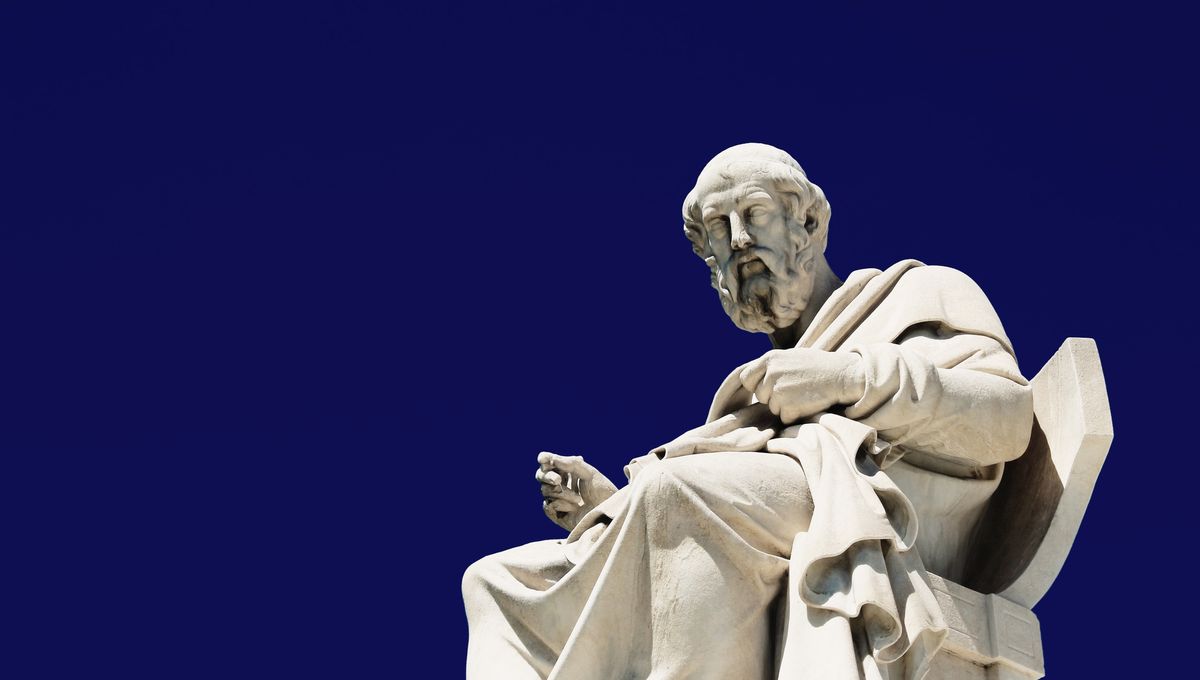
Ancient texts speak of a strange and valuable metal known as orichalcum. The mystical material was often dismissed as a fantastical invention – until they discovered a large cache of the stuff in the Mediterranean Sea.
Orichalcum’s name is derived from the Greek for “mountain copper.” One of its most prominent mentions comes in the legend of Atlantis by Plato, in which it is described as “more precious […] than anything except gold.” The dialogue, called Critias, explains how the mythical citadel of Atlantis was adorned with walls, pillars, and floors that were coated in orichalcum, endowing the building with a flash of “red light.”
It’s also featured in several other ancient texts, including those by the 1st century CE writers Cicero and Pliny the Elder.
Often said to possess a reddish hue, there were many hints that orichalcum might be a form of brass – an alloy of copper and zinc – although its precise identity wasn’t revealed until several breakthroughs in modern science and archaeology.
In 2014, a diver discovered 40 ingots of an alloy metal in the Mediterranean Sea off the coast of the ancient Greek town of Gela in modern-day Sicily. Further surveys by the local authorities in 2016 revealed another 47 ingots just 10 meters (~33 feet) away from the first discovery. It was evident the two caches of ingots were from the same shipwreck that sunk to the seabed around 2,500 years ago.
The skinny metal bars were found to be a copper-zinc alloy, suggesting they were a bundle of ancient orichalcum.
Scientists also believe they’ve found evidence of orichalcum in ancient Roman coins. Most coins from this era were made of gold, silver, bronze, or copper. However, a 2019 study used a scanning electron microscope to show that some coins minted after the reforms of Augustus (23 BCE) and Nero (63–64 CE) were composed of copper-zinc alloy with up to 30 percent zinc, i.e. orichalcum.
So it turns out that orichalcum isn’t as enigmatic as it’s often portrayed. The metal is not fundamentally chemically distinct from brass; instead, it is an ancient term often used to describe a specific type of brass. However, its makeup varied over time, with varying concentrations of zinc, copper, and impurities.
“In a strict sense, the term orichalcum should be understood to refer not to a single alloy but to a class of alloys that contained copper and zinc as principal components. Though Roman alloys of this class may be called brass, they contain lower proportions of zinc than most varieties of modern brass. Orichalcum is therefore a convenient and distinctive term for designating the particular kind of brass manufacture,” Earle Radcliffe Caley, an American chemist and historian of chemistry, wrote in a 1964 paper.
Source Link: Orichalcum: Ancient Writers Spoke Of A Mysterious Metal Linked To City Of Atlantis